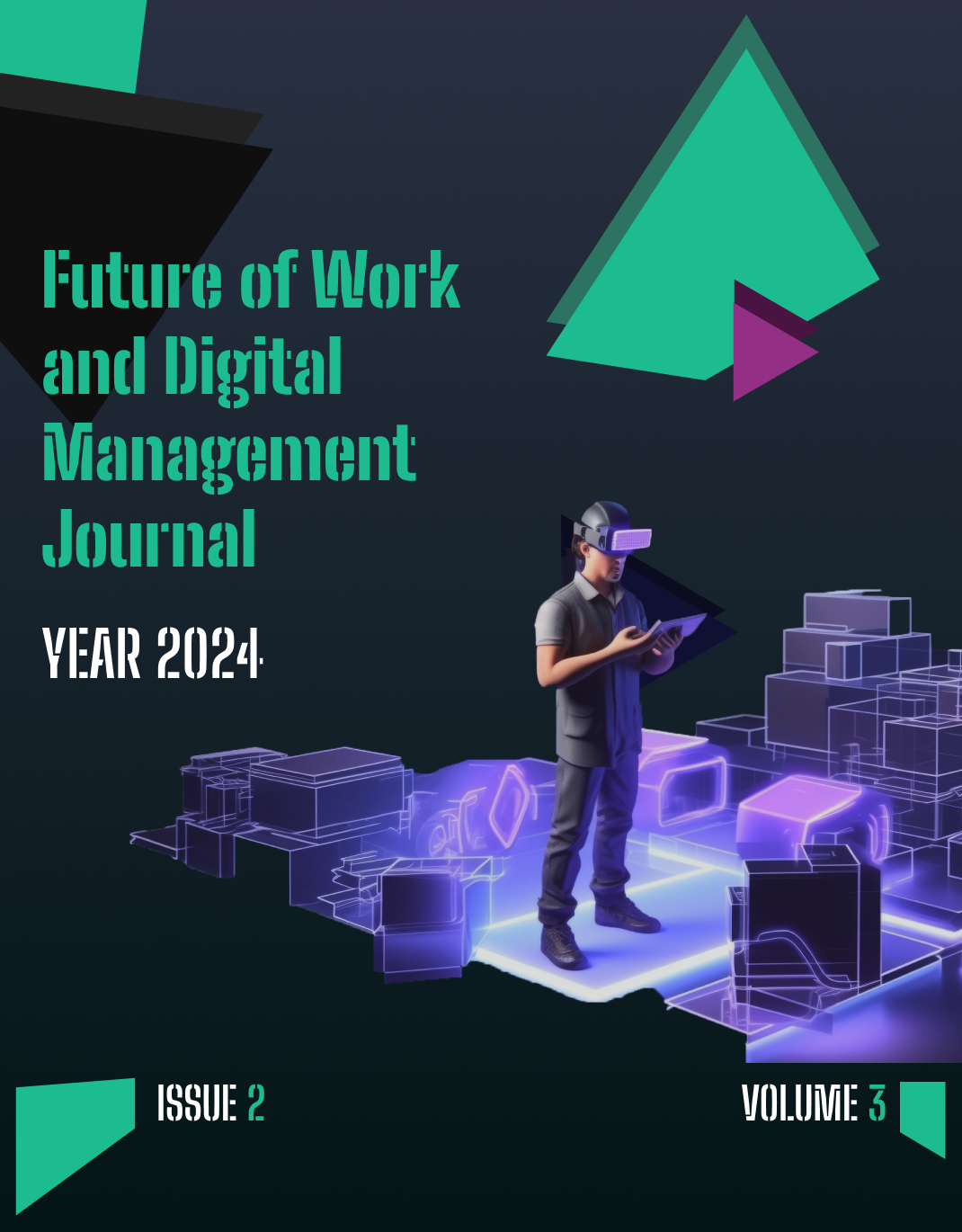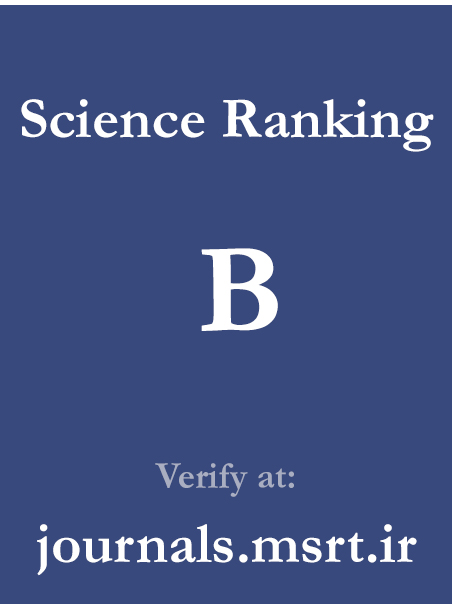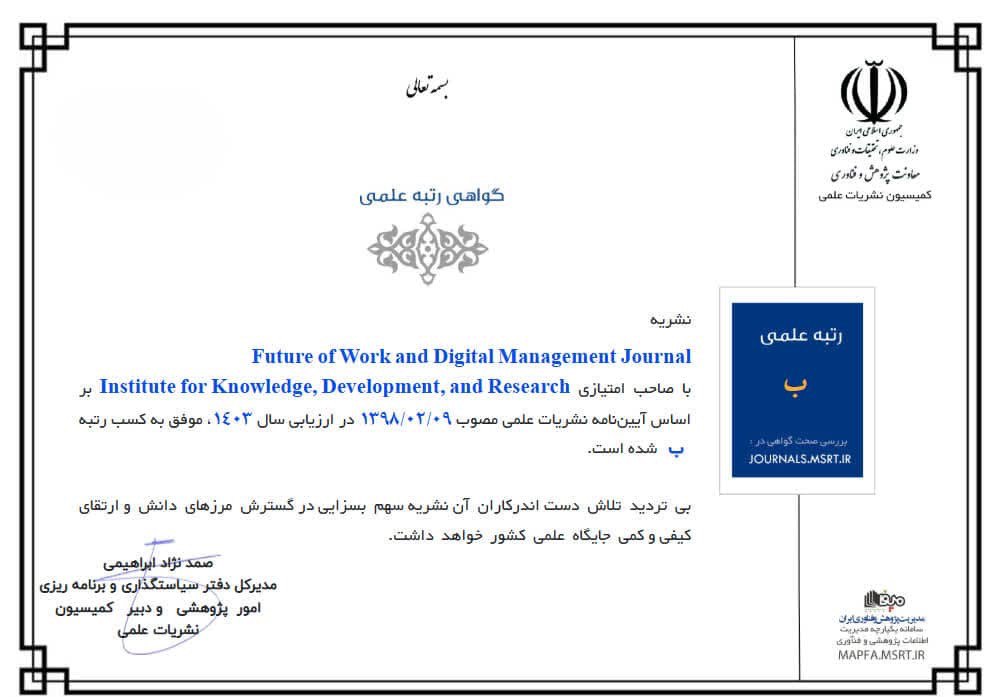Enablers of Trust-Building in Anonymous Digital Labor Platforms
Keywords:
digital labor platforms, anonymity, trust-building, qualitative research, platform governance, freelancer-client relationshipsAbstract
This study aimed to explore the key mechanisms and behaviors that enable trust-building among users of anonymous digital labor platforms. A qualitative research design was employed, relying on semi-structured interviews with 30 participants—17 freelancers and 13 clients—active on anonymous digital labor platforms in Germany. Participants were selected using purposive sampling to ensure relevance, and interviews continued until theoretical saturation was achieved. Data collection focused on user experiences and perceptions related to trust in environments lacking identity transparency. All interviews were transcribed verbatim and analyzed using thematic analysis with the aid of NVivo software. An inductive coding approach was applied to identify recurring patterns, behaviors, and technological features that contribute to trust formation within anonymous digital transactions. Thematic analysis revealed four overarching themes that underpin trust-building in anonymous digital labor platforms: (1) platform-based trust mechanisms, such as reputation systems, algorithmic accountability, and identity verification; (2) communication and interaction quality, including clarity, responsiveness, and tone; (3) individual professional behaviors, such as reliability, proactive engagement, and quality of deliverables; and (4) socio-psychological factors, including perceived integrity, empathy, and comfort with anonymity. Participants emphasized the importance of a combination of technological infrastructure and consistent professional behavior in sustaining trust despite the absence of personal identification. Quotations from participants illustrated the nuanced ways in which trust is negotiated through systemic cues and interpersonal practices. Trust in anonymous digital labor platforms is a dynamic, multi-dimensional process shaped by platform design, user behavior, and social interpretation. Technological tools such as escrow systems and algorithmic enforcement must be complemented by clear communication and ethical engagement to foster sustainable trust in anonymous environments.
Downloads
References
[1] M. Sober, G. Scaffino, S. Schulte, and S. S. Kanhere, "A Blockchain-Based IoT Data Marketplace," Cluster Computing, vol. 26, no. 6, pp. 3523-3545, 2022, doi: 10.1007/s10586-022-03745-6.
[2] M. M. Merlec and H. P. In, "DataMesh+: A Blockchain-Powered Peer-to-Peer Data Exchange Model for Self-Sovereign Data Marketplaces," Sensors, vol. 24, no. 6, p. 1896, 2024, doi: 10.3390/s24061896.
[3] A.-S. Shehu, A. Pinto, and M. E. Correia, "A Decentralised Real Estate Transfer Verification Based on Self-Sovereign Identity and Smart Contracts," 2022, doi: 10.5220/0011384700003283.
[4] X. Zhou, M. Q. Lim, and M. Kraft, "A Smart Contract-Based Agent Marketplace for the J-Park Simulator - A Knowledge Graph for the Process Industry," Computers & Chemical Engineering, vol. 139, p. 106896, 2020, doi: 10.1016/j.compchemeng.2020.106896.
[5] R.-V. Tkachuk, D. Ilie, K. Tutschku, and R. Robert, "A Survey on Blockchain-Based Telecommunication Services Marketplaces," Ieee Transactions on Network and Service Management, vol. 19, no. 1, pp. 228-255, 2022, doi: 10.1109/tnsm.2021.3123680.
[6] B. Anthony, "Decentralized Brokered Enabled Ecosystem for Data Marketplace in Smart Cities Towards a Data Sharing Economy," Environment Systems & Decisions, vol. 43, no. 3, pp. 453-471, 2023, doi: 10.1007/s10669-023-09907-0.
[7] S. Amer-Yahia et al., "Making AI Machines Work for Humans in FoW," Acm Sigmod Record, vol. 49, no. 2, pp. 30-35, 2020, doi: 10.1145/3442322.3442327.
[8] S. Kirchner, N. Dittmar, and E. S. Ziegler, "Moving Beyond Uber," KZFSS Kölner Zeitschrift Für Soziologie Und Sozialpsychologie, vol. 74, no. S1, pp. 109-131, 2022, doi: 10.1007/s11577-022-00830-x.
[9] B. Guerra et al., "SHAPES Marketplace: Transparency, Trust and Fair Competition in the Healthy Ageing Market," 2023, doi: 10.3233/shti230595.
[10] C. N. P. Paradita and N. W. Ekawati, "Pengaruh Perceived Ease of Use, Perceived Usefulness Dan Trust Terhadap Repurchase Intention Marketplace," E-Jurnal Ekonomi Dan Bisnis Universitas Udayana, p. 327, 2024, doi: 10.24843/eeb.2024.v13.i02.p12.
[11] I. Baltezarević and R. Baltezarević, "Cyber Security: Building Digital Trust," Megatrend Revija, vol. 18, no. 4, pp. 269-288, 2021, doi: 10.5937/megrev2104269b.
[12] S. N. Halizah, A. Infante, and D. Darmawan, "Keterbentukan Kepercayaan Pelanggan Shopee Melalui Kualitas Hubungan, Reputasi Dan Keamanan Marketplace," Ekonomi Keuangan Investasi Dan Syariah (Ekuitas), vol. 4, no. 1, pp. 256-261, 2022, doi: 10.47065/ekuitas.v4i1.1712.
[13] J. Ørmen and A. Gregersen, "Towards the Engagement Economy: Interconnected Processes of Commodification on YouTube," Media Culture & Society, vol. 45, no. 2, pp. 225-245, 2022, doi: 10.1177/01634437221111951.
[14] F. Kuriakose and D. K. Iyer, "Digital Workers, Urban Vectors, and New Economies," South Atlantic Quarterly, vol. 120, no. 4, pp. 749-762, 2021, doi: 10.1215/00382876-9443308.
[15] G. P. L. Permana and A. I. Elsiani, "Apakah Metode Pembayaran Paylater Aman?," Jaz Jurnal Akuntansi Unihaz, vol. 5, no. 1, p. 47, 2022, doi: 10.32663/jaz.v5i1.2808.
[16] A. Agnihotri and S. Bhattacharya, "Drivers of Farmers’ Usage of Digital Marketplace Platform: Evidence From India," pp. 407-428, 2021, doi: 10.19103/as.2021.0097.20.
[17] I. Fodranová, "How Can Digital Sharing Economy Reduce Unemployment?," Journal of Technology Management & Innovation, vol. 16, no. 1, pp. 51-57, 2021, doi: 10.4067/s0718-27242021000100051.
[18] S. Reddiar, "NFT – Marketplace Using Icp Blockchain and Custom Tokens," Interantional Journal of Scientific Research in Engineering and Management, vol. 08, no. 04, pp. 1-5, 2024, doi: 10.55041/ijsrem32192.
[19] S. Fitriani and N. Valentika, "Developing Marketplace-Based Online Store as an Adaptation to Online Purchase Trends," Akademik Jurnal Mahasiswa Ekonomi & Bisnis, vol. 3, no. 2, pp. 96-104, 2023, doi: 10.37481/jmeb.v3i2.592.
[20] L. O. Lufiati and G. Suparna, "The Influence of Digital Marketing on Repurchase Intentions Mediated by Trust in the Shopee Marketplace in Denpasar City," International Journal of Social Science and Human Research, vol. 6, no. 08, 2023, doi: 10.47191/ijsshr/v6-i8-24.
[21] A. Lahtinen, P. Saaranen, and S. Nykter, "Innovating Sustainability: Digital Marketplaces as Catalysts for Circular Economy in Electronic Device Reuse," European Conference on Innovation and Entrepreneurship, vol. 19, no. 1, pp. 406-415, 2024, doi: 10.34190/ecie.19.1.2449.
[22] P. O. B, "Ways to Increase the Market Value of the Company Before the Sale," Pryazovskyi Economic Herald, no. 4(27), 2021, doi: 10.32840/2522-4263/2021-4-6.
[23] R. Abramov, "In the Grip of the Algos: Stories of a Precarious Worker of Platform Capitalism," Inter, vol. 14, no. 3, pp. 35-54, 2022, doi: 10.19181/inter.2022.14.3.2.
[24] M. Anshari, M. N. Almunawar, and P. O. d. Pablos, "Disruptive Innovation and a Multi-Sided Digital Marketplace," pp. 366-377, 2022, doi: 10.4018/978-1-6684-5849-5.ch020.
[25] M. Anshari, M. N. Almunawar, and S. A. Lim, "Development of the Digital Marketplace in the Fashion Industry," pp. 219-230, 2020, doi: 10.4018/978-1-7998-4984-1.ch012.
Downloads
Published
Submitted
Revised
Accepted
Issue
Section
License

This work is licensed under a Creative Commons Attribution-NonCommercial 4.0 International License.








